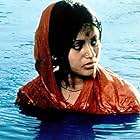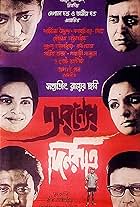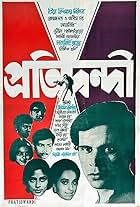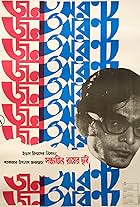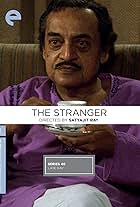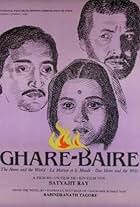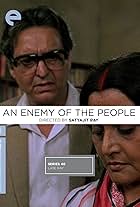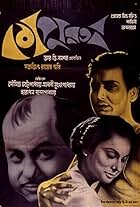This film takes as its subject the Bengal famine of 1943 when, due to the negligence and indifference of the authorities, some 5 million lives were lost. The subject is certainly harrowing, but one does not come to a film like this for light entertainment.
Ray focuses on a remote village, where the war is little understood, and is merely "distant thunder". The warplanes flying overhead are regarded uncomprehendingly, but with wonder. Soon, shortages of food start making themselves felt; the price of food rises above what may be afforded, and there is starvation.
At the centre of this is a young Brahmin couple, who make use of their caste to earn a living. The horrific turn of events bring home to them the concept of social responsibility. When an untouchable girl dies at their door, they break the greatest caste taboo of all by deciding to dispose of the corpse themselves. In the context, this action is heroic; but this is heroism on the brink of extinction. The final unforgettable shot, where the sheer scale of the holocaust is brought home to us, sends a shiver down the spine even on repeated viewings.
In dealing with this very difficult subject, Ray displays his usual all-embracing humanism, and a level of artisty that appears well beyond that of ordinary directors. This is not an easy film to watch, but is required viewing for anyone who values cinematic artistry, and by those who believe that horrors such as those depicted here should not be forgotten.









